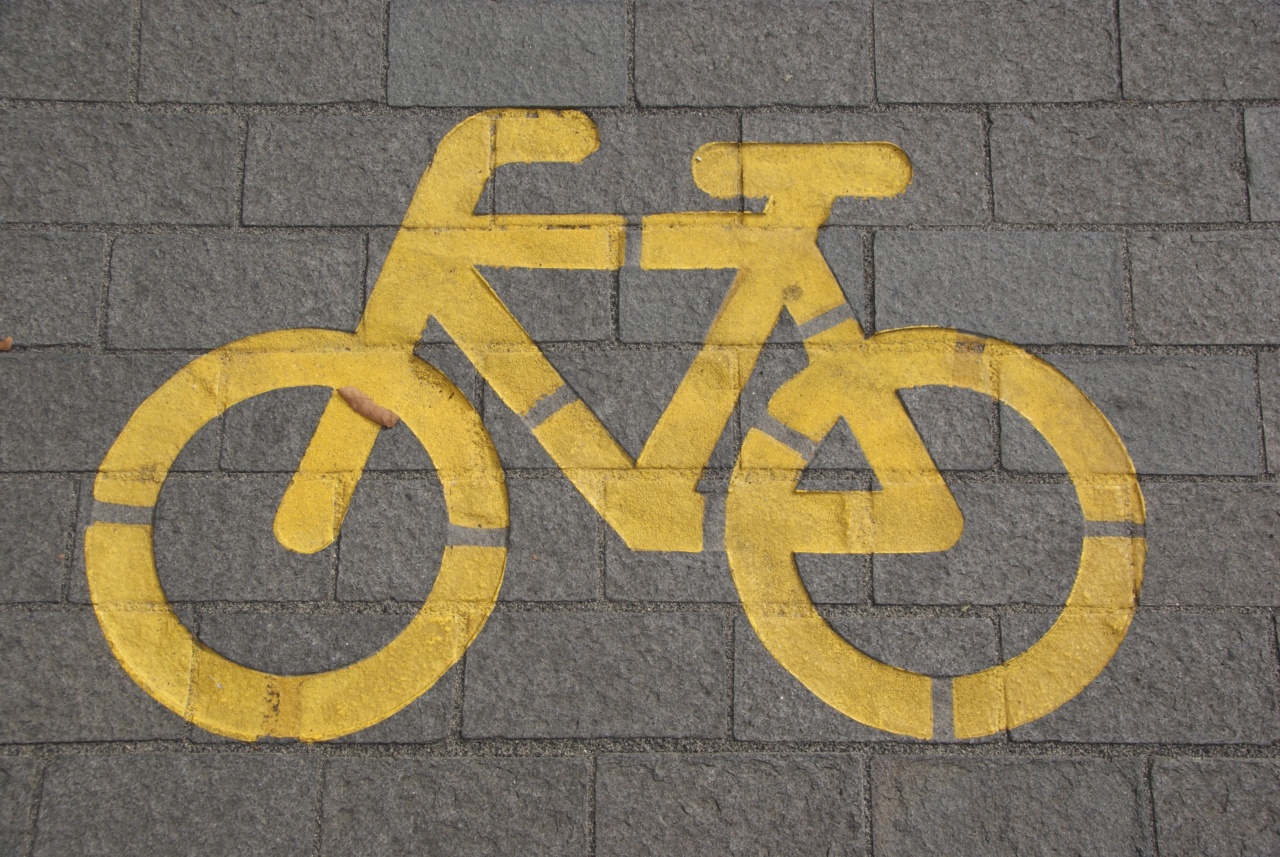Vintage Pyrex has become a popular choice for many home cooks and collectors. With its timeless designs and durability, it’s no wonder that people are drawn to using and displaying these beautiful pieces in their kitchens.
However, when it comes to using vintage Pyrex, safety should always be a top priority. In this article, we will explore whether it is safe to use vintage Pyrex and provide you with some safety tips to keep in mind.
The History of Pyrex
Pyrex is a brand that has been around for more than a century. It was first introduced in 1915 by Corning Glass Works, and its popularity grew rapidly due to its heat-resistant properties and versatility.
Pyrex is made from a special type of glass that can withstand high temperatures without shattering, making it perfect for ovenware, serving dishes, and other kitchen essentials. Vintage Pyrex, specifically the pieces produced between the 1940s and the 1980s, is highly sought after by collectors.
Is Vintage Pyrex Safe to Use?
The safety of vintage Pyrex largely depends on its condition and how it has been used and cared for over the years. Here are some factors to consider:.
1. Quality of the Glass
Vintage Pyrex is known for its durability, but it is essential to inspect the glass carefully before using it. Look for any signs of cracks, chips, or scratches.
These imperfections can compromise the structural integrity of the glass and may increase the risk of breakage during use. If you notice any significant damage, it is best to avoid using the piece altogether.
2. Age of the Piece
The age of the vintage Pyrex piece can also affect its safety. Older Pyrex pieces may contain lead, a harmful substance that was commonly used in glass manufacturing in the past. In 1971, the U.S.
Food and Drug Administration (FDA) established regulations that limited the amount of lead allowed in glass products. Therefore, Pyrex produced after this period is generally considered safe. However, if you have an older piece of vintage Pyrex, it is advisable to only use it for decorative purposes rather than for food preparation or serving.
3. Thermal Shock Resistance
One of the main advantages of Pyrex is its ability to withstand thermal shock, meaning it can go from extreme heat to extreme cold (and vice versa) without breaking. However, this may not be the case for all vintage Pyrex pieces.
Over time, repeated exposure to drastic temperature changes can weaken the glass and make it more vulnerable to breakage. It is crucial to handle vintage Pyrex with care and avoid subjecting it to rapid temperature shifts.
4. Care Instructions
The way vintage Pyrex has been used, cleaned, and stored can significantly impact its safety. Here are some care tips to keep in mind:.
a. Washing Vintage Pyrex
When cleaning vintage Pyrex, avoid using abrasive scrubbers or harsh cleaning agents that can scratch or damage the glass surface. Instead, use a gentle dish soap and a non-abrasive sponge or cloth to clean the pieces.
Handwashing vintage Pyrex is recommended, as putting it in the dishwasher may subject it to more stress and increase the risk of breakage.
b. Storing Vintage Pyrex
In terms of storage, it is best to avoid stacking vintage Pyrex pieces. The weight of the stacked pieces can lead to cracks or breakage.
If you need to stack them due to limited space, consider placing a soft cloth or paper towel between each piece to provide cushioning and reduce the risk of damage.
c. Avoiding Extreme Temperatures
As mentioned earlier, vintage Pyrex is designed to be thermal shock-resistant but should still be handled with care.
Avoid subjecting the glass to sudden temperature changes, such as transferring it directly from the refrigerator to the oven, as this can increase the chance of breakage. It is also advisable to preheat the oven slowly to allow the Pyrex to adjust to the rising temperature gradually.
5. Using Vintage Pyrex Safely
When using vintage Pyrex for cooking or baking, it is essential to follow these safety tips:.
a. Avoid Direct Heat
While Pyrex can withstand high temperatures, it is best to avoid placing cold Pyrex directly on a hot stovetop or subjecting it to open flames. Sudden exposure to direct heat can cause the glass to fracture or shatter.
Instead, let the Pyrex come to room temperature before using it on a stovetop or in the oven.
b. Monitor for Potential Issues
During and after use, keep an eye out for any signs of damage, such as cracks or chips. If you notice any issues, discontinue use immediately to prevent accidents or injury.
It is also a good idea to inspect vintage Pyrex pieces before every use to ensure their integrity.
c. Use Oven Mitts and Trivets
Always use oven mitts or pot holders when handling hot vintage Pyrex. The glass can retain heat for a long time, and touching it without proper protection can result in burns or injuries.
Additionally, always place hot Pyrex on a trivet or heat-resistant pad to protect your countertops or tabletops from potential heat damage.
Conclusion
Vintage Pyrex is generally safe to use as long as it is in good condition and has been well-maintained over the years.
However, it is important to inspect the glass for any damage, consider the age of the piece, be mindful of thermal shock resistance, and follow proper care and usage guidelines provided. By following these safety tips, you can enjoy the beauty and functionality of vintage Pyrex in your kitchen for years to come.































